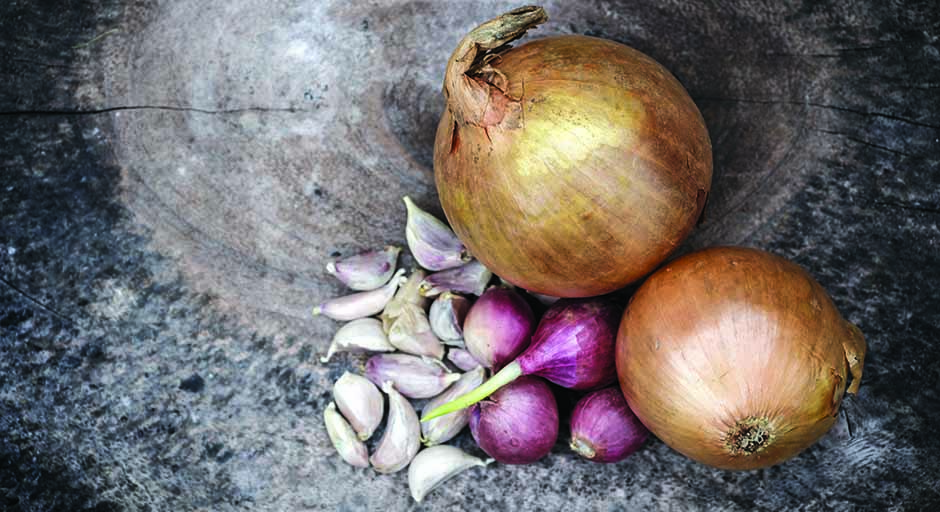What are they? Not to be confused with probiotics—bacteria strains that benefit your digestive system and overall health—prebiotics are certain indigestible, plant-based fibers that appear to serve as food for the probiotics that already live in your gut. Because your body cannot digest these fibers, they aren’t destroyed as they pass through the stomach, as many probiotics are.
Use them for: Relieving symptoms of irritable bowel syndrome (IBS) and other digestive ailments, increasing absorption of calcium and other minerals, boosting regularity, encouraging good gut bacteria, controlling appetite, protecting against colon cancer, lowering heart disease risk factors.
The science: Prebiotics were first identified in 1995, so scientists still have a lot to learn about how they work. Study results have been mixed, but promising findings include research published in The American Journal of Clinical Nutrition showing increased calcium absorption and bone density in teen girls after a year of prebiotic supplementation, as well as a 2011 study that reported weight loss and lower caloric intake in Chinese men who consumed daily prebiotics for 12 weeks.
How to take them: Prebiotics are found in a number of fruits and vegetables, but generally in low amounts. The most potent food sources include: chicory root, Jerusalem artichokes, dandelion greens, garlic, onions, leeks, wheat bran and bananas. But consuming the recommended prebiotic dose of 5–8 grams per day is nearly impossible from food sources alone. If you use a supplement, look for a “full-spectrum” product, which means it targets and strengthens more of the bowel wall to prevent dangerous toxins from invading the bloodstream.

